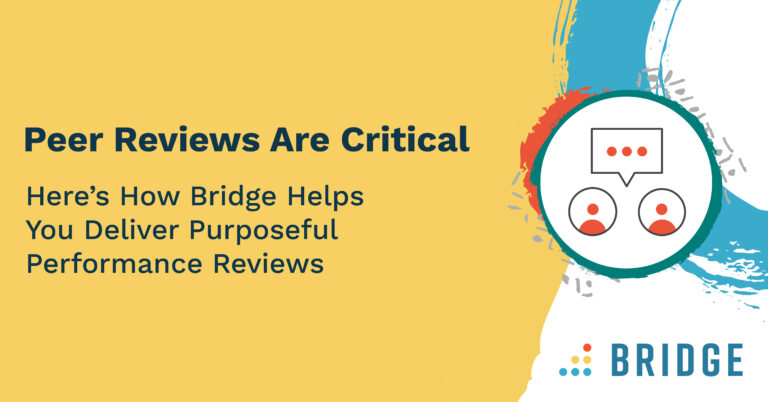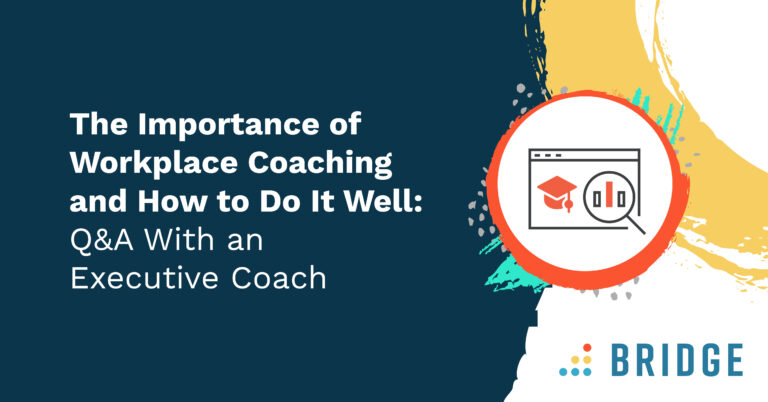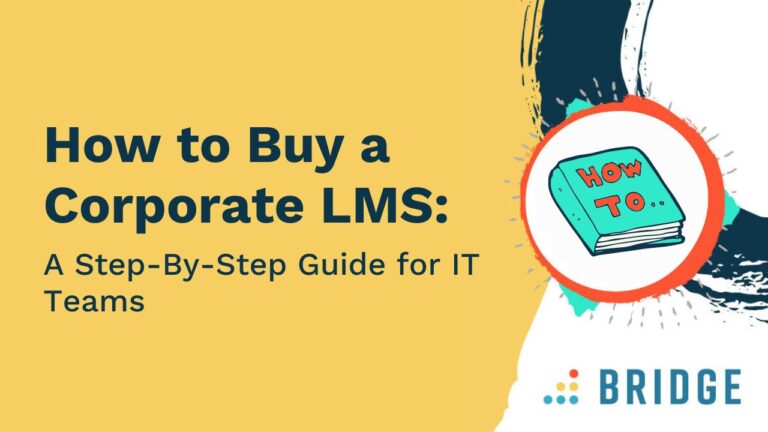Do your employees feel that they have a future with your company? An IBM report aimed at helping organisations understand employees’ changing priorities and career aspirations in the wake of COVID-19 surveyed workers on their views. The results found that fewer than half of employees (48%) gave their employers high marks on meeting their new expectations for career development and advancement.
To support employees, organisations need to have a plan in place to help workers achieve their career goals and, in particular, to provide learning opportunities to support them in their goals. This is why your business needs to actively promote career pathing with employees.
What Is Career Pathing and Why Is It Important to Your Talent Management Strategy?
Career pathing is a way for your business to develop the skills needed for future success. For employees, it illustrates how to advance and progress within their role. Career pathing highlights where employees want to be in terms of skills, competencies and future roles within the company. For the company, it means being aware that employees want access to different job opportunities. These opportunities may involve the employee taking on a completely different role within the company and the requirement to learn new skills if necessary.
It’s important to appreciate that the career aspirations of your employees aren’t only vertical–employees don’t only want a promotion to more senior positions with greater salaries. Employees also want lateral growth and the ability to move to different positions and take on different challenges within the organisation. Or some employees may seek cross-functional roles in which they work with different departments while in the same position. Your people’s career aspirations are as varied as the people themselves and to best serve both their needs and your own organisational talent priorities, it’s essential that you understand career pathing.
These are issues that you may well be facing. A study by CV-Library found that, for nearly half of UK employees (44.6%) in 2020, the top career priority was to learn a new skill, beating the desire for a pay rise (43.5%). Despite their desires, only 28.4% of respondents believed that they could meet their career aspirations with their current employers, and nearly two-thirds believed that their employers weren’t responsive to their needs. Employees are looking for opportunities to develop and advance, so it’s up to you to provide.
The Benefits of Career Pathing
There are additional benefits of career pathing for your company beyond your talent management strategy. Here are three:
1. Employees Are More in Control of Their Career
According to Mercer’s 2021 Global Talent Trends Report, thriving employees are 3.5 times more likely to work for an organisation that provides up-to-date information on career paths (77% versus 22%). That’s good news for your business, as empowered employees are more likely to be engaged and productive. This is one of the ways that career pathing aligns employee motivations and ambitions with your overall business strategy.
2. Succession Planning and Contingency Planning
Career pathing can help your business to identify future leaders and senior managers within your business and develop their potential fully by leveraging L&D opportunities. It will also allow you to identify employees whose future career paths do not align with your company and who may be likely to leave the business in the medium to long term. This allows you to more proactively prepare for any vacancies before they arise.
3. Developing Future Strategies
A company that embraces career pathing is a more proactive one. The information gained through career pathing is invaluable in planning future business strategies. Knowing which employees will move into which roles will allow you to make best use of your existing talent pool. It will allow you to prioritise expenditure on upcoming skills gaps and foresee any future problems that may arise.
How to Create a Career Path
Career mapping should involve the following steps:
1. Defining Employee Skills and Goals
A manager explores an employee’s knowledge, skills and abilities, as well as experiences, accomplishments and interests. This should take place during a one-to-one or a check-in meeting. Giving employees time to reflect on their achievements and future goals can focus their efforts and lead to a more engaged and productive workforce.
2. Creating An Individualised Career Map
Creating an employee’s career map involves finding other positions within your organisation that may be of interest. This may be either a lateral move to a different role within the company or a vertical move with a promotion. The new position should make good use of the employee’s experience and be attuned to their interests and motivations but it should also provide a challenge to keep that employee engaged. Requiring the employee to gain new knowledge via upskilling or reskilling ensures that they have something to work towards and they will find their new role rewarding.
3. Considering Talent Mobility
The final step within a career pathing programme is to consider other job opportunities within the organisation as they arise. The employee’s career map may involve a move to another role within the company that is currently unavailable, so they will need to be readied for application as and when that role becomes available. This not only keeps the employee engaged with the company with the prospect of achieving the role they desire but also means that vacancies within the business are quickly dealt with in-house.
How Can Bridge Help?
Bridge’s Skill & Career Development System makes career mapping easy. Employees can take charge of their career paths, map their visions and determine the skills they need to get there. Customised development plans allow employees and managers to map out future journeys and to identify any training gaps and growth opportunities as they occur.
Bridge Performance Management System helps you evaluate company-wide skill mastery through self, peer and manager assessments, using those insights to help employees build career development plans that align with their desired skills and career vision.



